(de)Romanticizing the Resiliency of the Filipino Rice Farmers
- pathoscon
- Oct 24, 2021
- 4 min read
Agriculture was the foundation of civilization, and despite significant changes in humanity, agriculture remains vital. Its importance is more obvious in some countries, but the reality is that agriculture is important in every country for one reason or another.
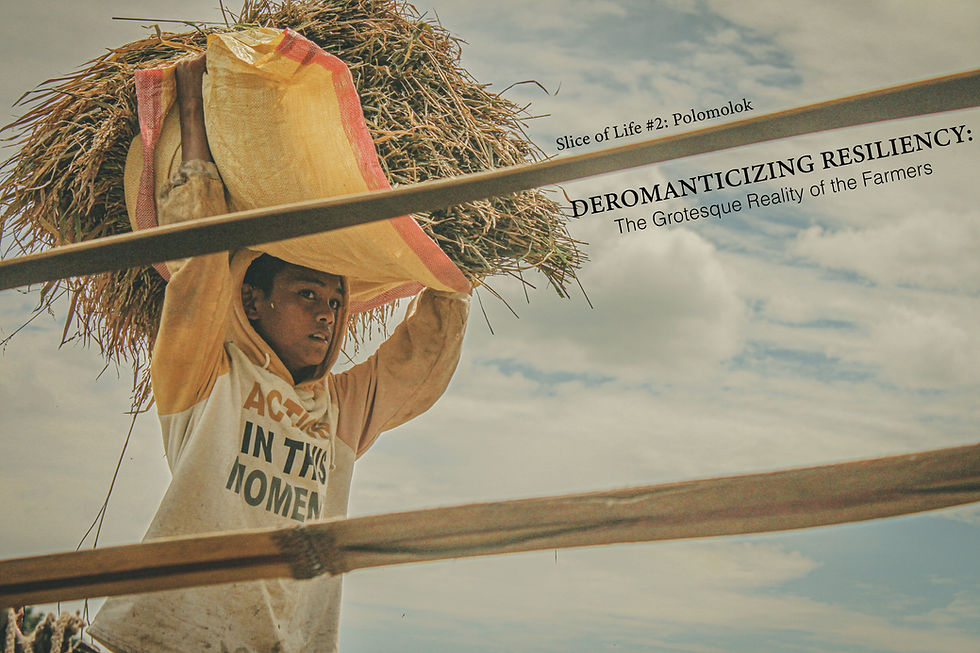
The Philippine agriculture was leading but time would tell. The country is currently the biggest importer of rice, gone are those golden days of farming. The agriculture of neighboring countries is in sync with globalization. The Philippines is still using the least-mechanized agricultural processes. Rice is the most widely consumed grain in the country. It is a basic food for Filipinos; it is part of their culture and identity; it provides a large number of carbs, which is ideal for those who work hard; and, of course, it goes with any meal.
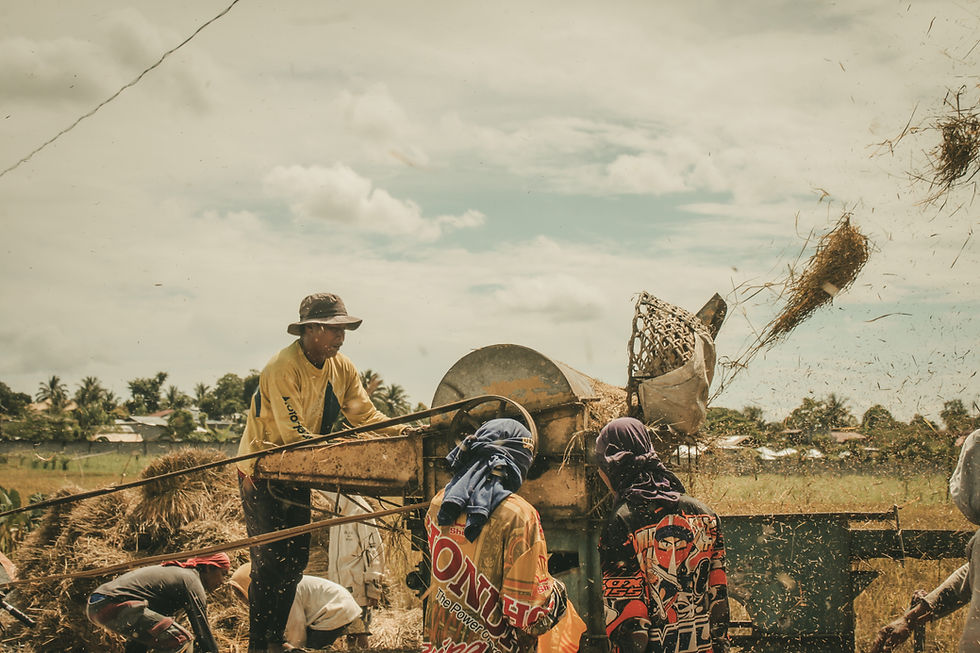
Farmers spend hours of labor working with numerous steps of farming not minding the throbbing heat of the sun. It takes a hundred days to produce an end product called rice. The rice that we eat every day that oftentimes we don’t tend to finish. It takes so much hard work, dedication, and financial investment to farm. Traces of hardships and sacrifices were very evident in the faces of our dear farmers.
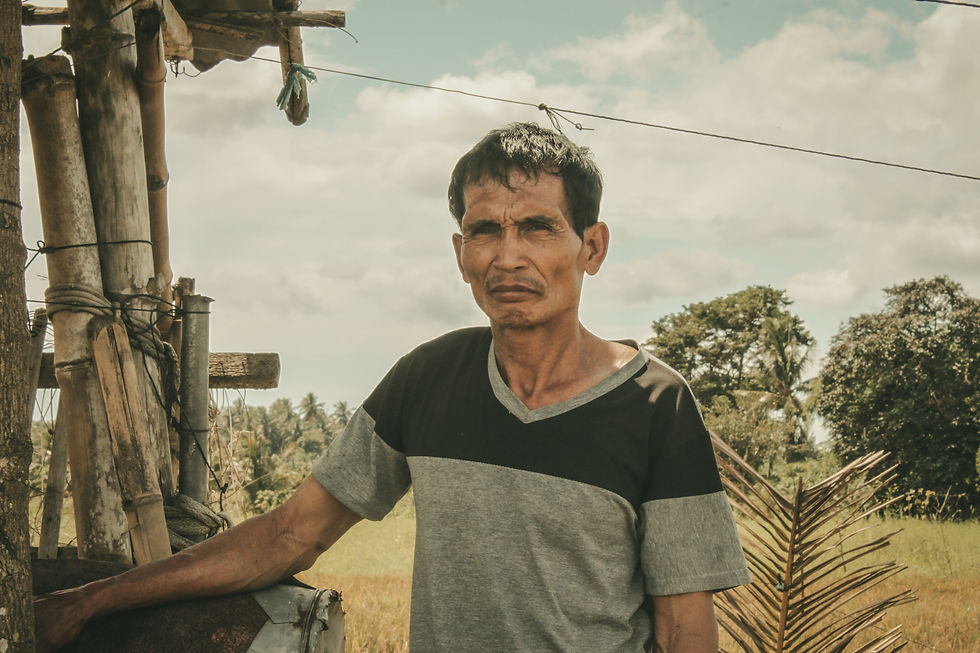
We have interviewed a farmer; we are welcomed with warmth. As we continue to dig their tunnel of life that was so dark, we can’t seem to find a light. It was filled with gloomy weather. Some know the hardships of a farmer to produce sacks of rice to be sold to the market. One common knowledge that we have is the low selling price of unmilled rice. We tend to wonder how can unmilled rice costs around twelve pesos and milled rice would jump up the least of thirty-eight pesos.
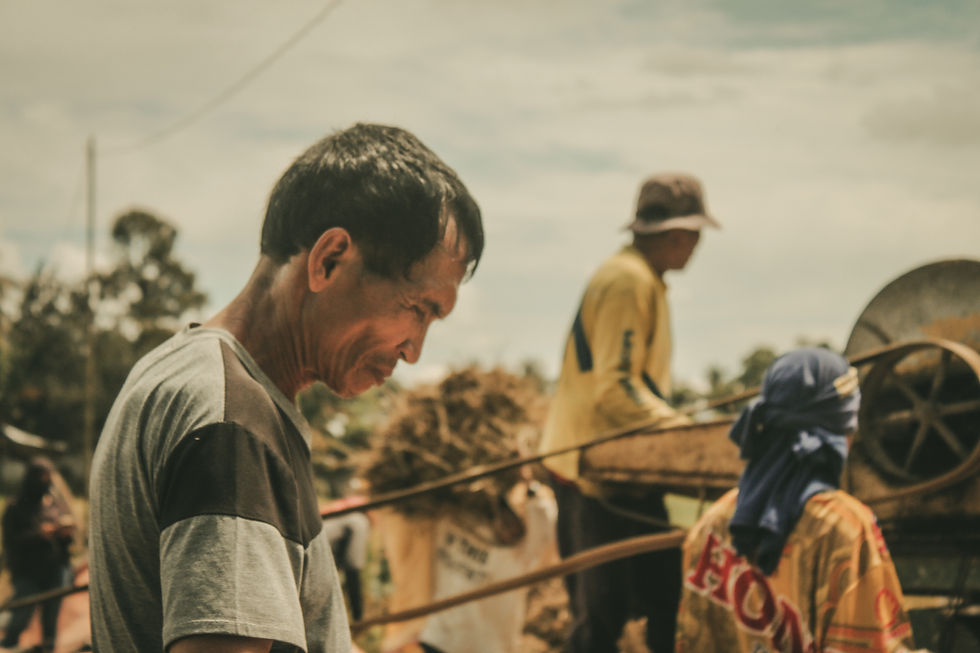
Tatay Henry, a farmer from Barangay Lumakil, Polomolok, South Cotabato explained to us the step-by-step process of producing rice. First, they plow the land to be ready for planting. Next, soak the rice seeds for 24 hours. After 24 hours it is dried by putting and enclosing it with straw for it to sprout. Rice is usually pregerminated and grown. It only takes another 24 hours for it to sprout. Then it would be ready for planting. It's either you would lay it flat and wait for it to grow a little bit or you're just going to throw the small seedlings in the plowed land. It usually takes 90 days, 95 days, 110, or 120 days before it's ready to harvest. It depends on the variety of the rice.
After the rice was harvested, it was put in the threshing machine to separate the grains from the husks. Then it will be dried in a dryer. If the weather is fine, it will take one and a half-day. After it will be milled. An estimated number of 100 unmilled sacks of rice can be harvested within one hectare and only 50 sacks of milled rice. Out of this, they still need to pay about 15 sacks to their landlord because they are the only tenants
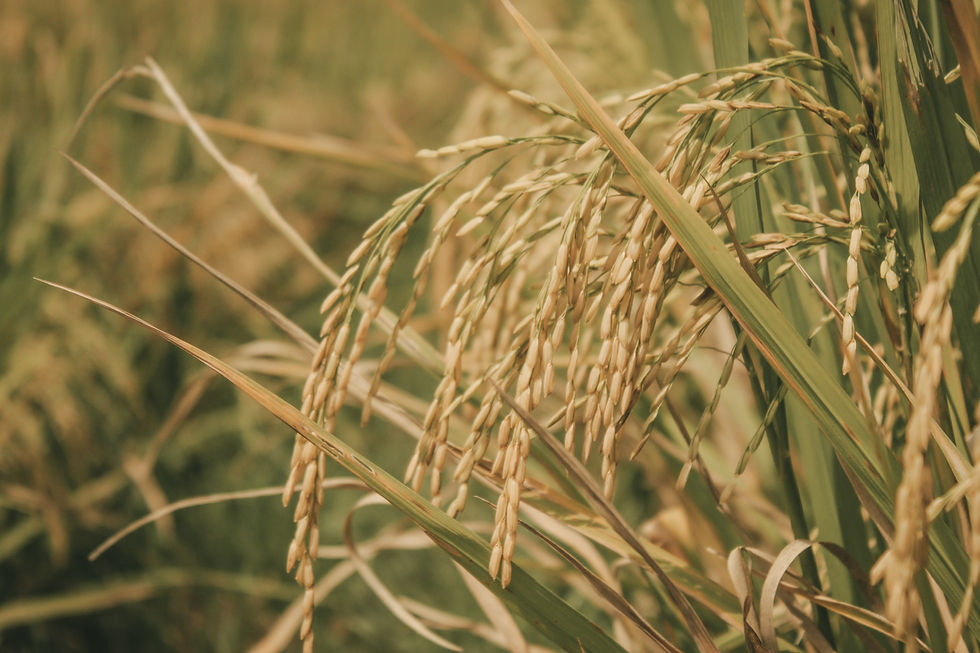
The sad reality for Tatay Henry’s thirty years in farming is that they experienced the highest selling price of rice only four years ago. They would call it luck when they would be able to plant during El Niño and the farmers from the South didn’t. They were thankful for the good water source which is the irrigation system. On the opposite of El Niño which is La Niña, it is due to the climate in Mindanao and the higher mountains that surround the land. Yet during unpredictable weathers of this season, they would still have fallen crops which leads to the famous and sorrowful word that the farmers are trying hard not to encounter- “failure”. It is only humans who can harvest fallen crops if it was ready to be harvested.
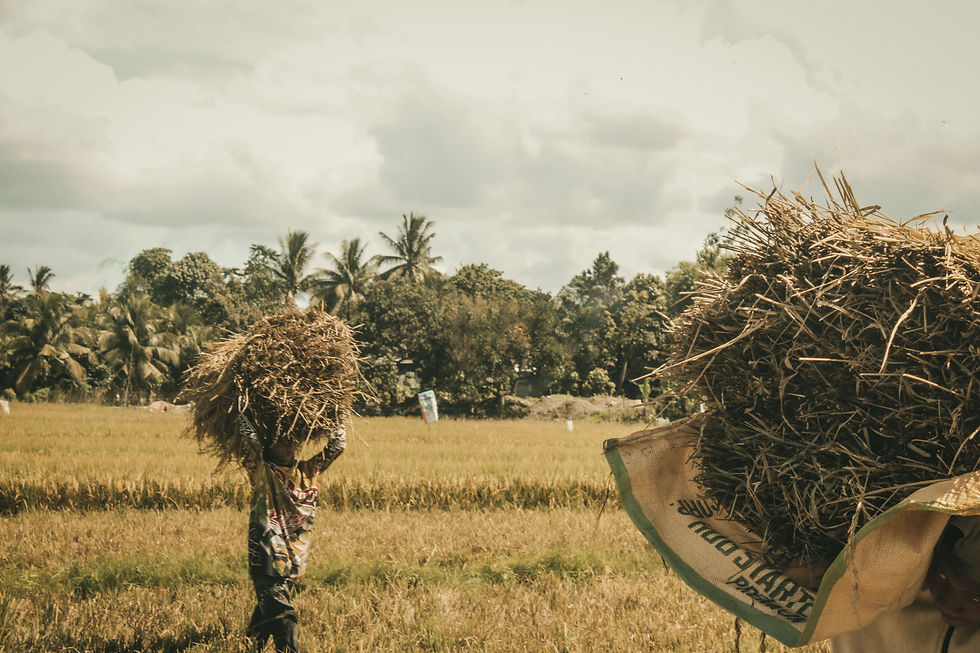
Along with these climatic challenges, the pandemic has also put a toll on the lives of our dear farmers. With the low selling price of rice, they have encountered another hump along the way- a price increase in chemicals and fertilizers. The farmers barely survived with their low income but they got no choice but to survive. With the hardships that they experience and continuously come into contact with, they do not want to see their children following in their footsteps, because they do not want them to suffer the same fate. They would rather see their children earning a college education and seeking higher-paying occupations, as farming is not remunerative enough.
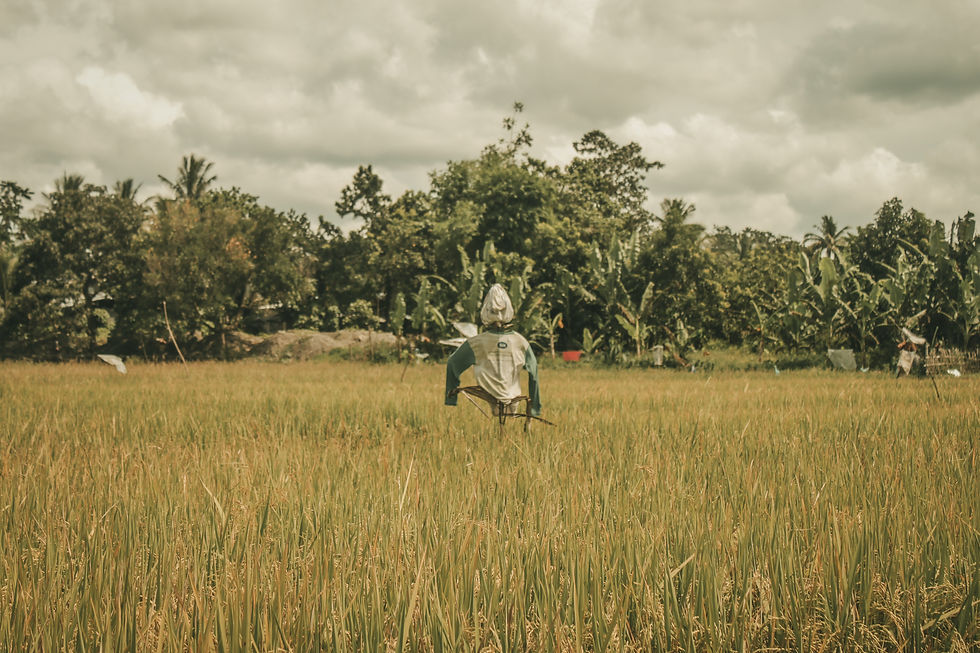
One thing that they tend to run to while waiting for the harvest season is the lenders and agents. It was their only hope to sustain their living. But these lenders would put up unjust interest percentages. Yes, they would survive but they barely have something left by the time they harvest.
To ensure food security and to make the country’s agriculture sector viable, efficient, and globally competitive, Republic Act no. 11203, otherwise known as the “Rice tariffication Law” was promulgated. Rice Competitiveness Enhancement Fund (RCEF) or Rice Fund to improve rice farmers' competitiveness and income amidst liberalization of the Philippine rice trade policy that lifted quantitative restrictions on rice imports and replaced it with tariffs, among others. However, this law received backlash from the farmers, pointing that this is just a temporary solution. A pro-consumer law but its disadvantages would be felt more by the farmers.
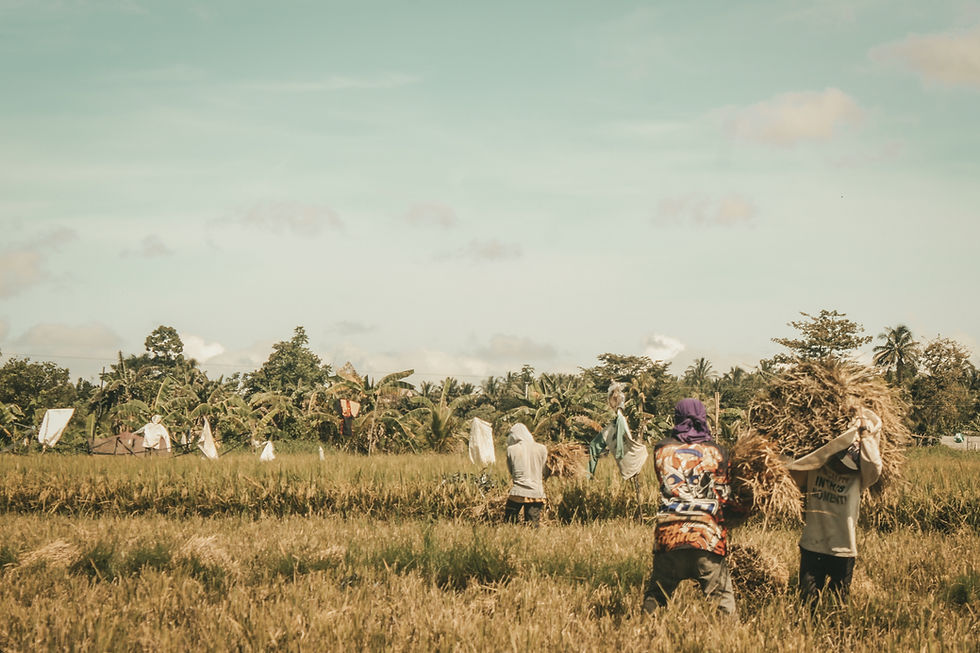
Farmers could also borrow from banks with low interest rates. This was a program by the government. The only things that would refrain farmers from borrowing to the banks are the numerous paper works, requirements, and long process.
The majority of farmers do not have their land, they become dependent on a tenancy or contract-growing arrangements. Due to the removal of state controls on agriculture-related commodities, the prices of agricultural inputs, such as seeds, fertilizers, and so on also increase continuously. With the growing population, farmland owners tend to sell their land for the higher price they can get. These lands were then developed into housing projects and infrastructures.
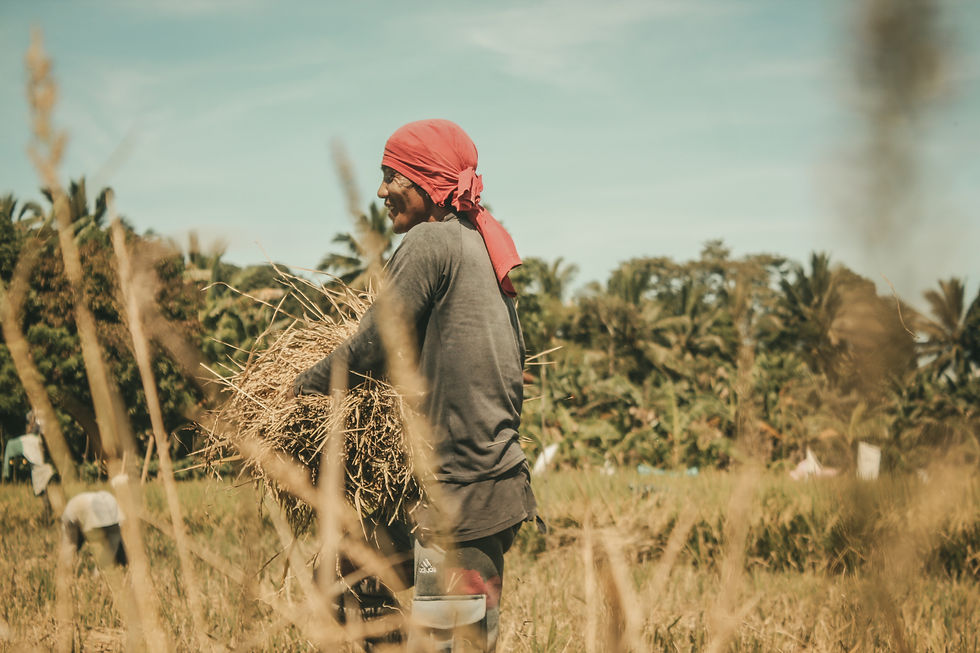
But despite all these, many farmers remain optimistic about the agricultural industry in our country. Tatay Henry continued the work of his father. A great example of farmers growing with it. Thus, it makes a big part of their life. Agriculture will always remain an important sector, vital in combating a lot of issues confronting contemporary society. One of the foundations of society also needs a strong foundation of support too.





Comments